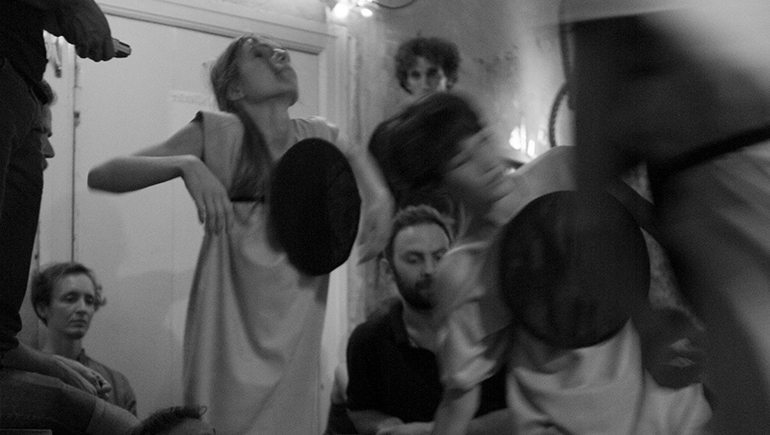Our series called »Hybrid Thoughts« deals with a topic which is illuminated, discussed and rethought from a scientific and artistic perspective. In this way, we strengthen our vision beyond our expertise, show how close and distant science and art can be, or create new ideas, networks, intersections in interdisciplinary work. Today's first contribution comes from Irene Anglada. Being a performance artist, she shares her thoughts on the concept of time in the context of communication.
We live in an era where technology has transformed communication entirely. The most recent functions within the smartphone-sphere enable users to send a real-time experience, which disappears sometimes immediately or within 24 hours of uploading.
When comparing these disappearing “moments” to previous ways of communication, we immediately see an enormous contrast. In the past, when writing a letter for example, the details involved included carefully choosing everything from the calligraphy to the layout. The entire process thereafter (sender bringing letter to post, the letters journey during transportation to the receiver and receiver picking up post), also grossly differs in intent and value from the immediate and impulsive character of “moments”.
In the letter’s case, all actions of the process require a specific amount of time and evolve sequentially. It also has a physical element that gives material value to the message. In contrast, “moments” happen in real time, where the future and past do not exist. Without a process, sending “moments” reduces the depth of the message to fit within a specific time frame and the actual time it lasts. The digitally shared “moments” are submitted as mere representations of ourselves through a moving image that is finite with no receiver. How is the time spent on creating a message changing the value and intent of communication today? What similarities do I personally see between “moments” and my own practice? As a performer by using improvisation, I attempt to re-create spontaneous real-time experiences in a physical realm. Sending these “moments” to the cloud differs to performing site-specific for a concrete audience; the actual presence of energy creates a shared and spatially intimate experience.
Through specific physical interactions with the audience, the message itself is enriched and continually evolving based on the space and particular circumstance of what is happening at that moment. This not only empowers the individual but also the collective consciousness by developing a sense of unity.
My work intends to find new ways of communication where I modify the perception of time by simply changing the speed of action. Are we learning from digital “moments” or is our immediate need for indirect feedback affecting us negatively on a physiological level? What consequences does the urge of creating new, impulsive, temporary identities have?
– Irene Anglada

